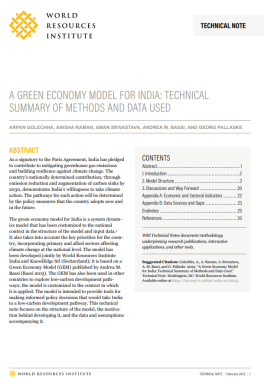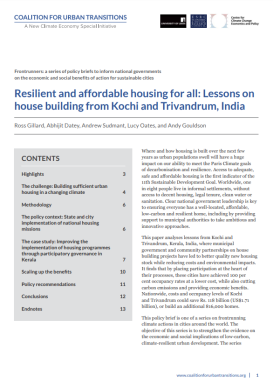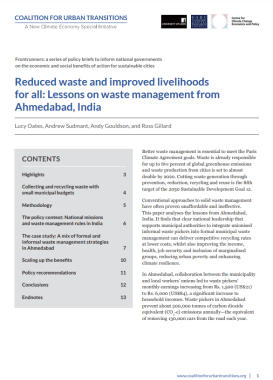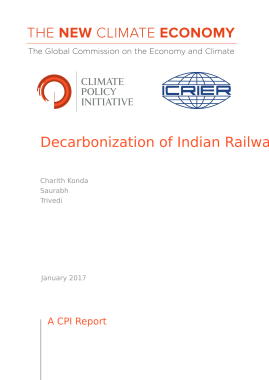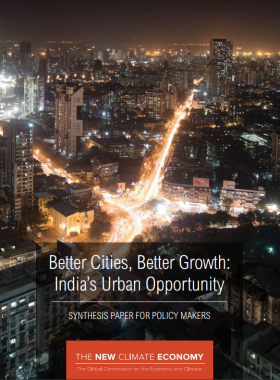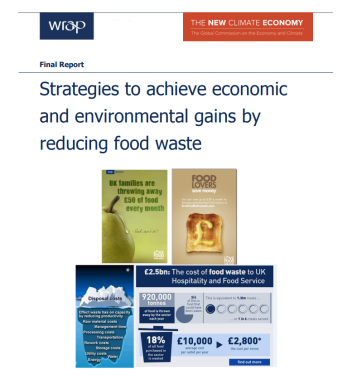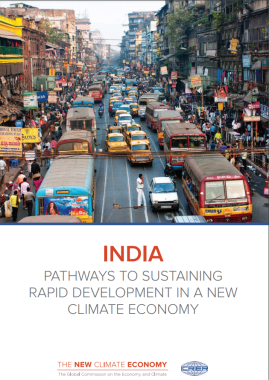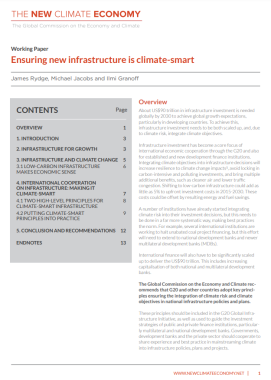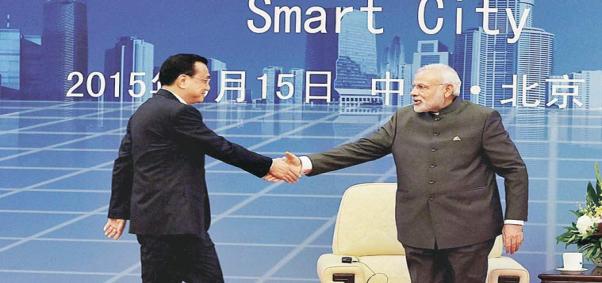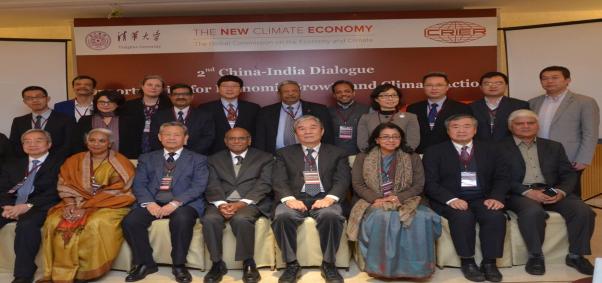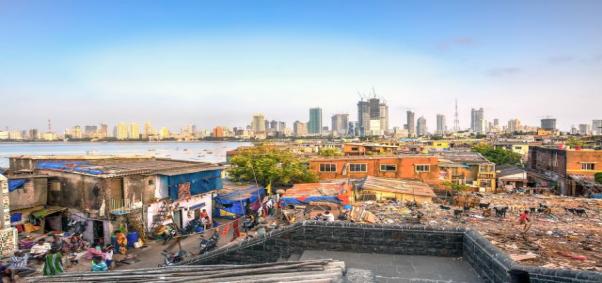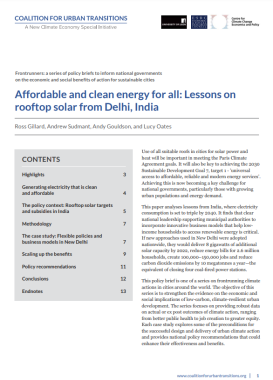
This paper analyses lessons from India, where electricity consumption is set to triple by 2040. It finds that clear national leadership supporting municipal authorities to incorporate innovative business models that help low-income households to access renewable energy is critical. If new approaches used in New Delhi were adopted nationwide, they would deliver 8 gigawatts of additional solar capacity by 2022, reduce energy bills for 2.6 million households, create 100,000–150,000 jobs and reduce carbon dioxide emissions by 10 megatonnes a year—the equivalent of closing four coal-fired power stations.
Downloads
3.96 MB
1.98 MB
4.04 MB
2.03 MB
1.48 MB
2.76 MB
1.57 MB
11.47 MB
712.23 KB
919 KB
2.36 MB
1.87 MB
2.06 MB
1.54 MB
3.67 MB
783.82 KB
![]() Affordable and clean energy for all: Lessons on rooftop solar from Delhi, India
Affordable and clean energy for all: Lessons on rooftop solar from Delhi, India

